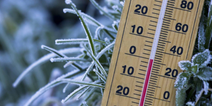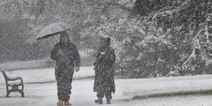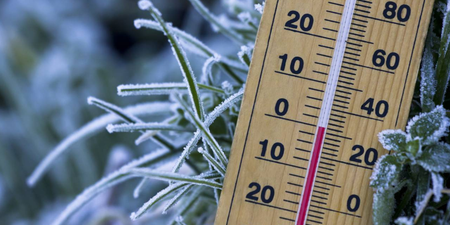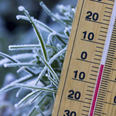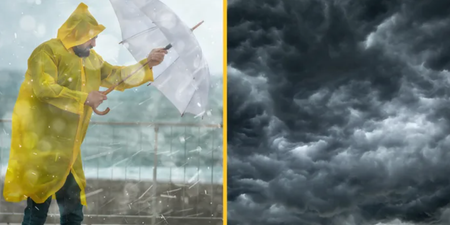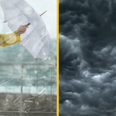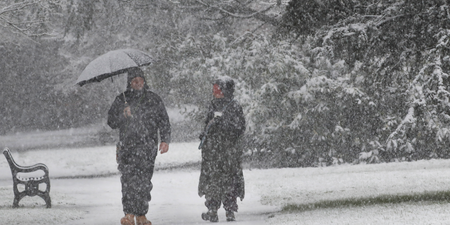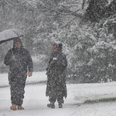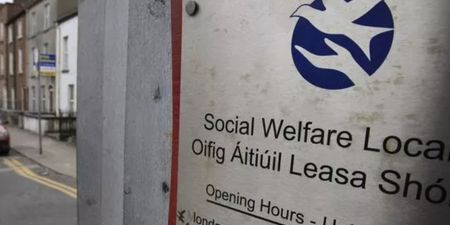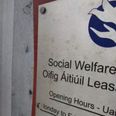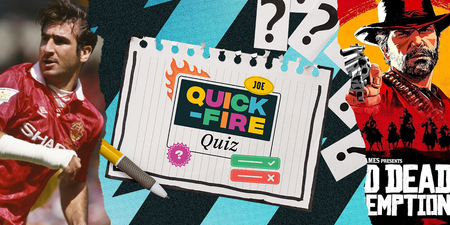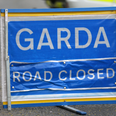Met Éireann’s nationwide Status Yellow weather warning will remain in effect until tomorrow.
Typically, a Yellow warning is for those “exposed to risk by nature of their location and/or activity,” however, this particular warning applies across the country.
While the issue was issued early on Friday morning, it applies between 10am this morning and 10am tomorrow — meaning motorists needs to remain extremely cautious when it comes to ice on the roads.
The public can expect temperatures to drop as the day goes on, eventually falling to -2 degrees in some parts of the country. Icy patches are expected to develop in several parts of the country.
The forecast also says that the frost can be expected to clear at some point on Sunday morning as cloud increases.
Given the potentially treacherous conditions on Irish roads, the Road Safety Authority has issued the following advice:
Motorists
- Clear your windows and mirrors before you set out, carry a screen scraper and de-icer. Do not use hot water on the windscreen as it can crack the glass.
- Watch out for “black ice”. If the road looks polished or glossy it could be “black ice” one of winter’s worst hazards: Black Ice is difficult to see! It is nearly transparent ice that often looks like a harmless puddle or is overlooked entirely. It can occur especially in sheltered/shaded areas on roads, under trees and adjacent to high walls.
- Use dipped headlights at all times of poor visibility to ensure you are seen by other motorists.
- Watch out for vulnerable road users such as pedestrians, cyclists and motorcyclists and allow extra space.
- Remove ALL snow from your vehicle before commencing your journey. Snow left on the roof will become loose and can drop onto the windscreen during braking, thereby causing sudden and severe restriction to your vision. It can also fall off during your drive and cause injury to pedestrians or a reflex action by another driver.
- In snow and icy conditions, slow down, use all controls delicately and leave extra distance between you and the vehicle in front. Avoid oversteering and harsh braking and harsh acceleration. Use the highest gear possible to avoid wheel spin. Select a low gear when travelling downhill especially if driving through bends.
- Do not drive on the tail-lights of the vehicle in front (Target Fixing). This can give a false sense of security and you will be too close to be able to brake safely. In heavy fog, turn off your radio and let down your driver’s window a fraction, so as you can hear other traffic.
- With sunny spells also forecast for certain parts of the country, drivers are reminded of the danger posed by ‘sun glare’. Minimise risk by wearing sunglasses, ensuring your windscreen is clear of grease or grime inside and out and adding windshield washer fluid to the water in the reservoir.
- The best thing to do in extremely bad weather is to stay off the road. Take heed of warnings not to go out and travel only if absolutely necessary. This leaves the emergency services free to deal with real emergencies.
Pedestrians and cyclists
- While walking on footpaths and in public places, or entering and exiting your vehicle, don’t underestimate the danger of ice. Many slips and falls happen in places people regard as safe and secure, typically outside their front door, on the doorstep, on the path or while getting out of the car. Take extra care.
LISTEN: You Must Be Jokin’ with Aideen McQueen – Faith healers, Coolock craic and Gigging as Gaeilge

